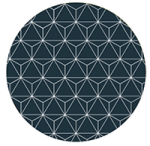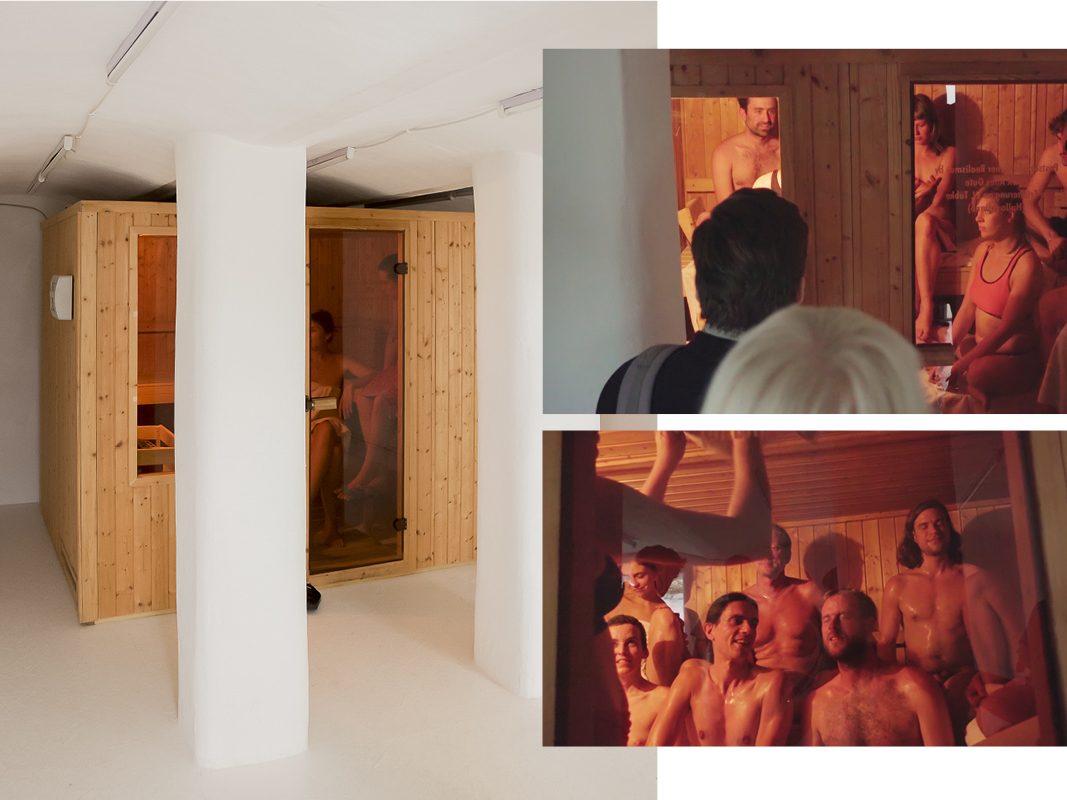The Social Art Award 2017
Can art change the world?
Under this question, the Institute for Art and Innovation e.V. had launched the first Social Art Award in 2017. Artists and cultural actors of all areas were invited to apply with their work to the field of social art. Artists from 131 countries responded with extraordinary works and projects.
On September 5, 2017, the three winners Lino Tonelotto from France, Quek Jia Qi from Singapore and Diogo da Cruz from Portugal were honored, and exhibited at WHITECONCEPTS Gallery in Berlin. They demonstrated with their politically engaged works that art can make current events visible and tangible. This is an important understanding for bringing forward the debate and thus a social change.
Learn more about it and get your copy of the Social Art Award Book (116 pages, English) featuring the Top50 artists.
To Order:
Printed Version (Softcover) – 25 EUR excl. delivery
E-Version – Free
See here the best entries:
Postsozialistischer Realismus by MAIK Alles Gute in...
MAIK Alles Gute
The art collective MAIK Alles Gute comprises the artists Marie Jeschke, Raik Zimmermann and the budgie Bubi S., who the group describes as a “birdish position” that is continuously in flow. With the help of an industrial dehumidifier, MAIK Alles Gute accesses multiple areas of service industry, including a mobile phone repair shop, an undertaker, a hairdresser’s, a kindergarten, a home assistance service, and many more drawing out their essence in watery form. Within the installation Postsozialistischer Realismus by MAIK Alles Gute, in Erinnerung an W. Tübke (Hallo Juliane), the installation presents a total of 10 different service contexts; 350 cubic metres filter through, totalling 50 litres per day. Each extract has been arduously refined, homeopathically potentiated and neatly bottled. The result: two litres of takeaway fumes from a Chinese restaurant, 200 millilitres of kindergarten concentrate, and no more than a sip of ciggy-seller-concentrate. Their content is of a subtle rather than material nature – the waters are nearly odourless. Under the supervision of a qualified specialist for sauna and swimming pools, the distillates are evaporated again in the sauna in the presence of the public. Visitors are invited to participate by taking a sauna within the installation simultaneously inhaling each infusion. The title of the installation is a re-appropriation of MAIK Alles Gute’s socialisation in the GDR, which forms the catchword “postsocial realism”. They leave behind the pathos of social realism in order to gain a more pragmatic and clearer perspective in a contemporary context of service industry. Where working people might sweat through their labour, these fleeting moments can caught, distilled and made tangible as each infusion is poured over hot stones. The artists thus see their work as a holistic fresco; not plaster and painting, but skin, sweat and steam are combined to form a participatory painting that is taken in by the idle sauna-goers. The towels absorb the sweat both of their owners and the workers from service contexts. Out of these towels, a growing extra part of the multidimensianl installation will be build by the visitors, as they form a second sweat lodge on the scaffold of three Streetbuddys. The archetype of the modern sauna is widespread. It often takes the form of a sukkah: a scaffold made from willow branches and covered with cloth. Within this enclosure, health would be strengthened or the community would be stabilised as part of shamanic rituals.
The art collective MAIK Alles Gute comprises the artists Marie Jeschke, Raik Zimmermann and the budgie Bubi S., who the group describes as a “birdish position” that is continuously in flow. With the help of an industrial dehumidifier, MAIK Alles Gute accesses multiple areas of service industry, including a mobile phone repair shop, an undertaker, a hairdresser’s, a kindergarten, a home assistance service, and many more drawing out their essence in watery form. Within the installation Postsozialistischer Realismus by MAIK Alles Gute, in Erinnerung an W. Tübke (Hallo Juliane), the installation presents a total of 10 different service contexts; 350 cubic metres filter through, totalling 50 litres per day. Each extract has been arduously refined, homeopathically potentiated and neatly bottled. The result: two litres of takeaway fumes from a Chinese restaurant, 200 millilitres of kindergarten concentrate, and no more than a sip of ciggy-seller-concentrate. Their content is of a subtle rather than material nature – the waters are nearly odourless. Under the supervision of a qualified specialist for sauna and swimming pools, the distillates are evaporated again in the sauna in the presence of the public. Visitors are invited to participate by taking a sauna within the installation simultaneously inhaling each infusion. The title of the installation is a re-appropriation of MAIK Alles Gute’s socialisation in the GDR, which forms the catchword “postsocial realism”. They leave behind the pathos of social realism in order to gain a more pragmatic and clearer perspective in a contemporary context of service industry. Where working people might sweat through their labour, these fleeting moments can caught, distilled and made tangible as each infusion is poured over hot stones. The artists thus see their work as a holistic fresco; not plaster and painting, but skin, sweat and steam are combined to form a participatory painting that is taken in by the idle sauna-goers. The towels absorb the sweat both of their owners and the workers from service contexts. Out of these towels, a growing extra part of the multidimensianl installation will be build by the visitors, as they form a second sweat lodge on the scaffold of three Streetbuddys. The archetype of the modern sauna is widespread. It often takes the form of a sukkah: a scaffold made from willow branches and covered with cloth. Within this enclosure, health would be strengthened or the community would be stabilised as part of shamanic rituals.



